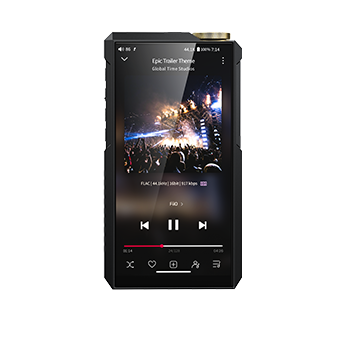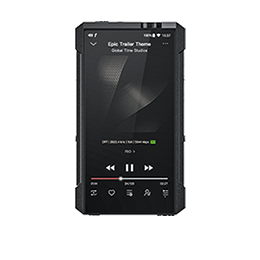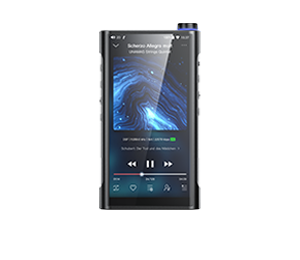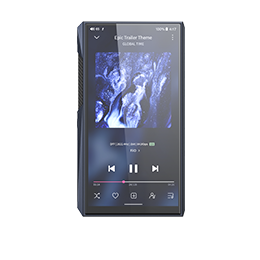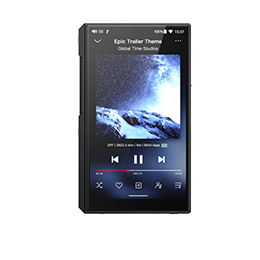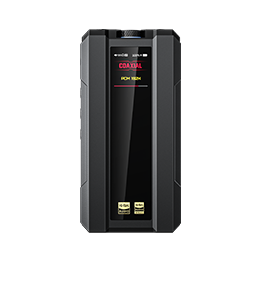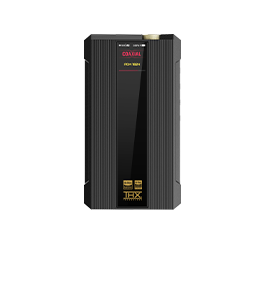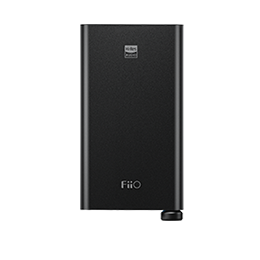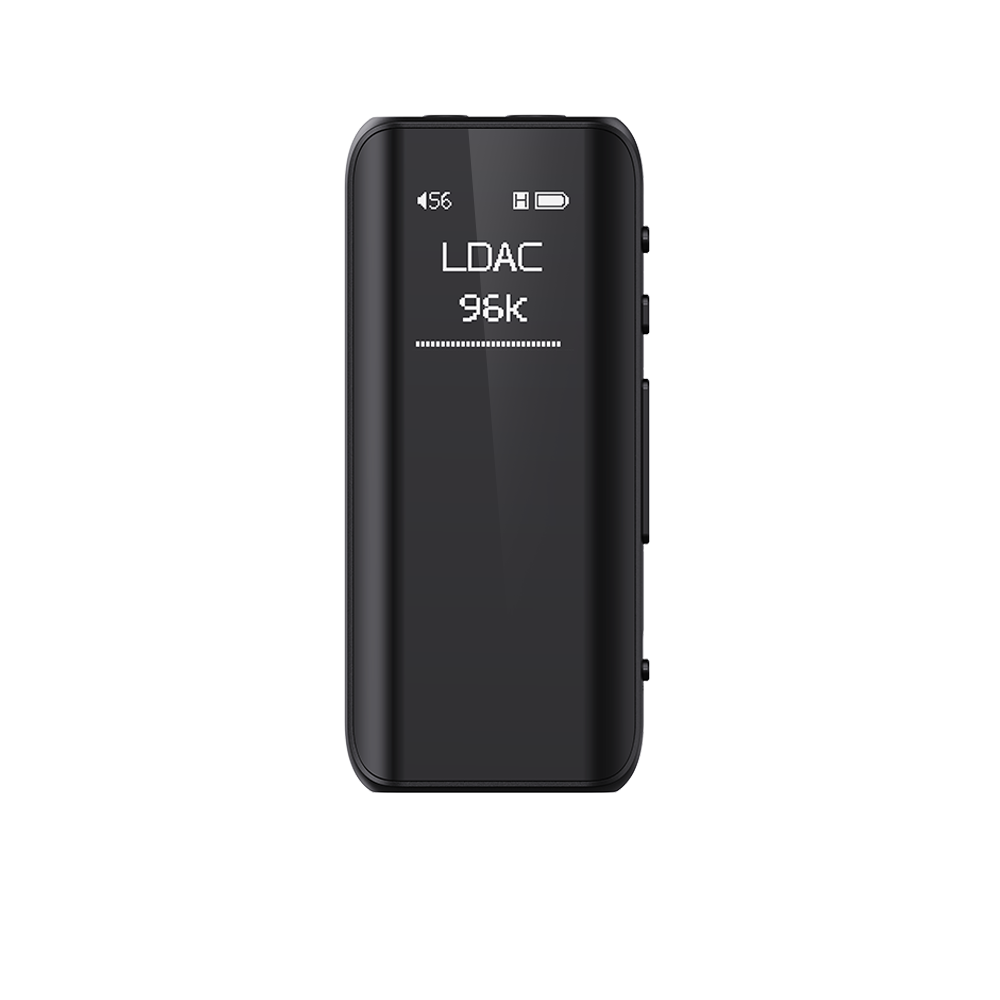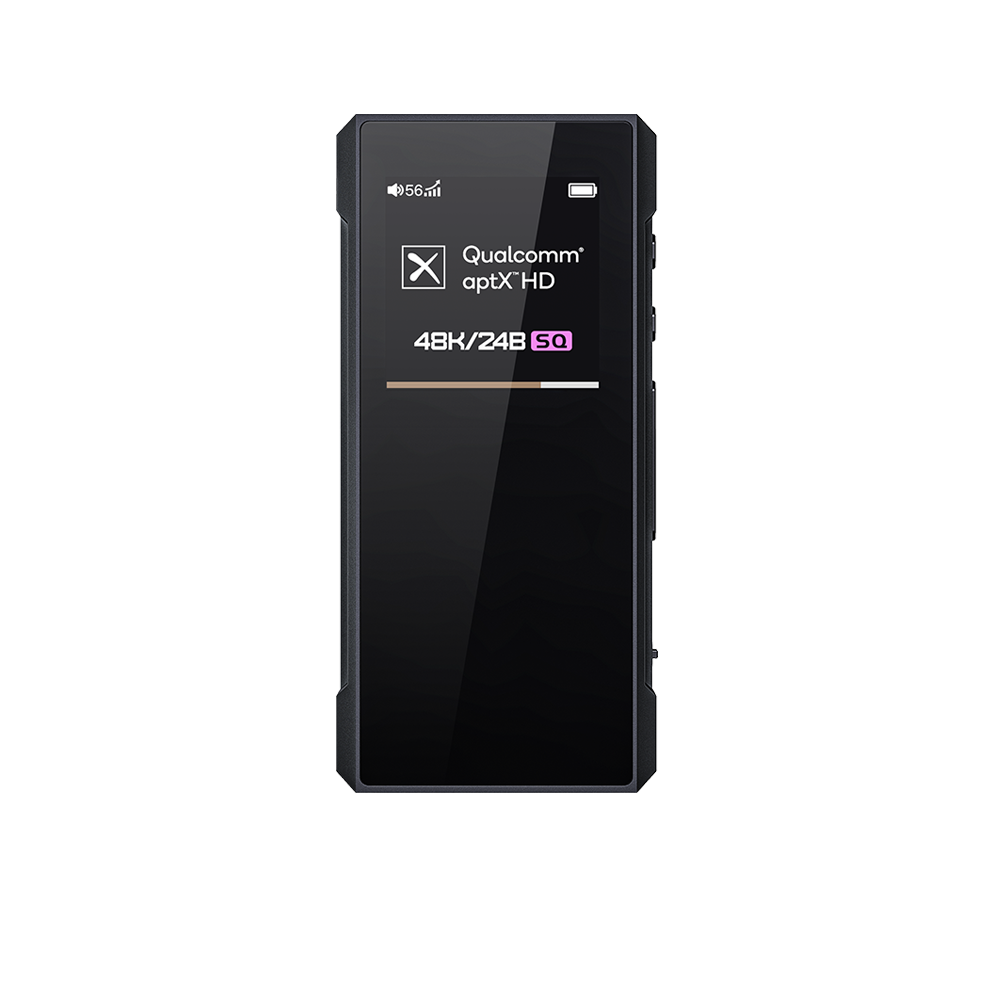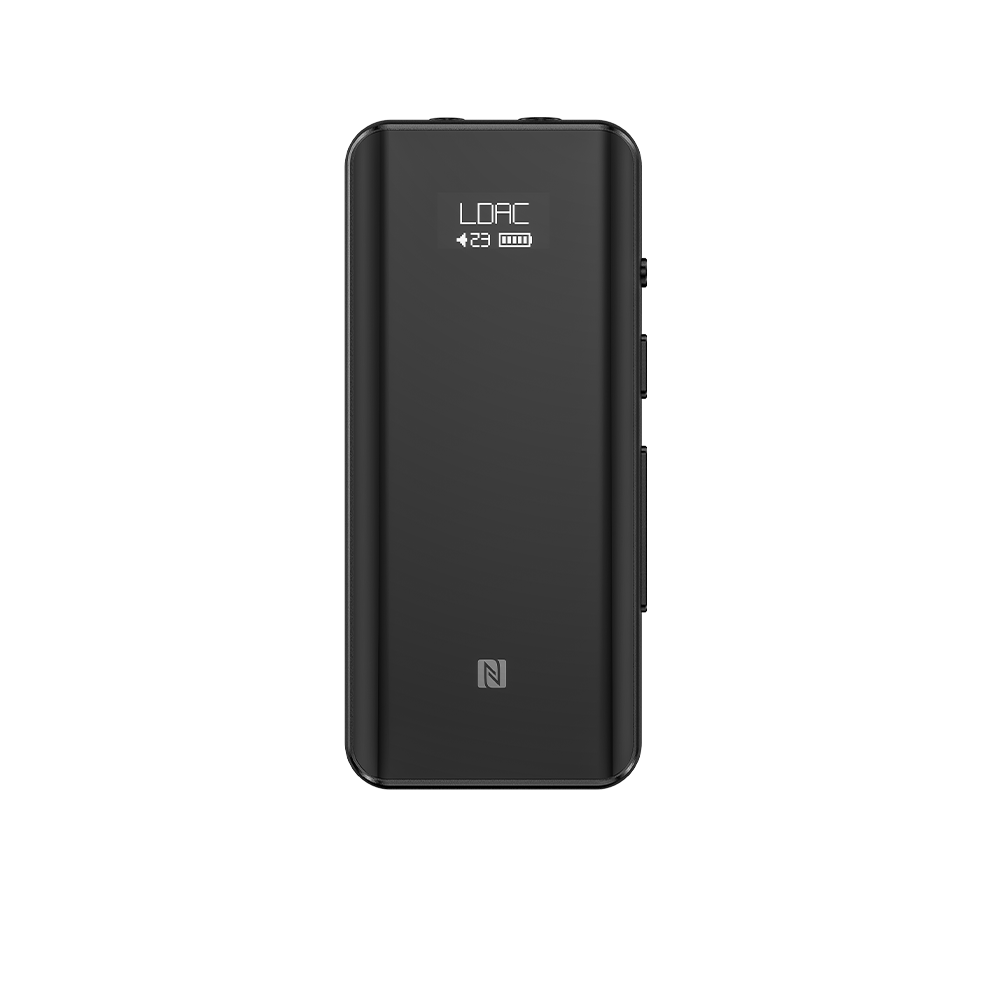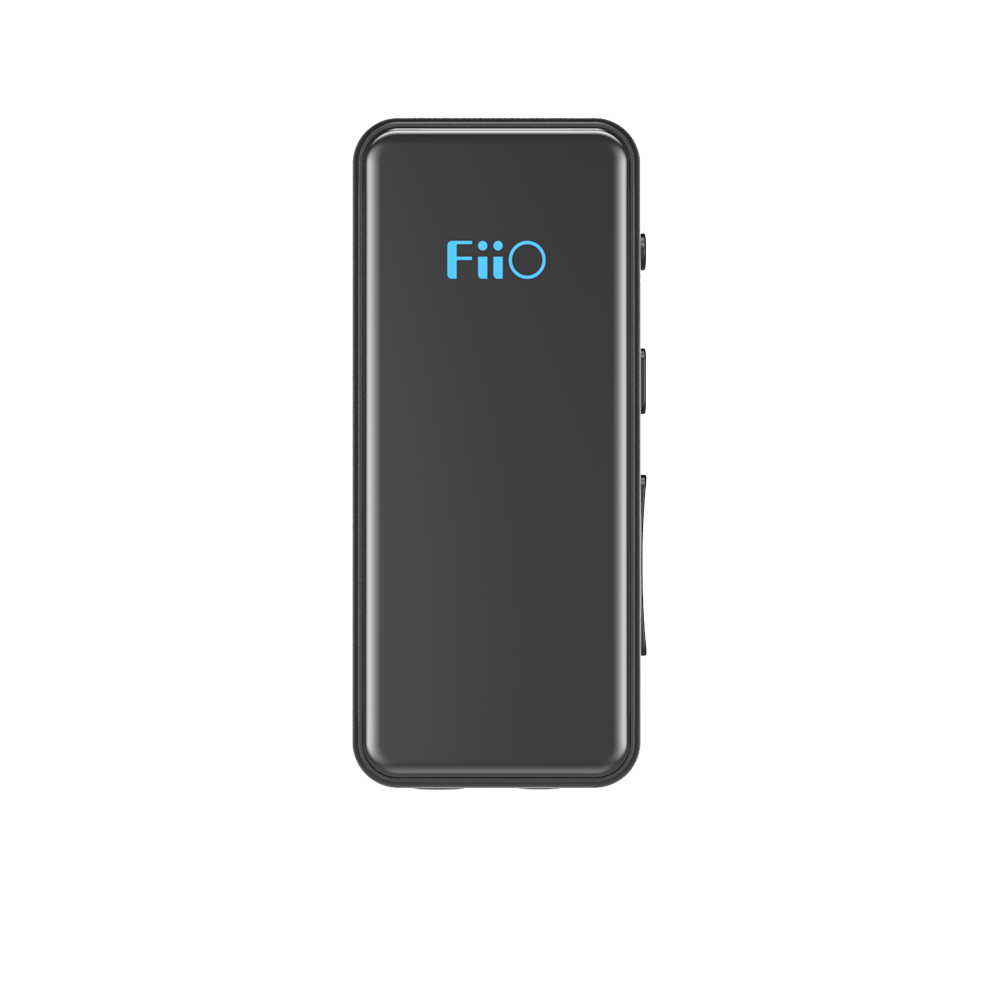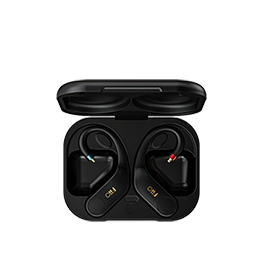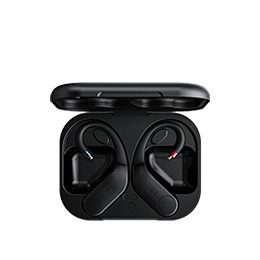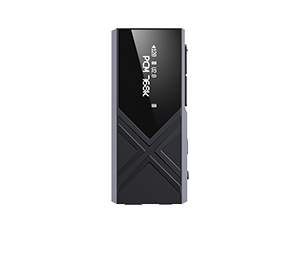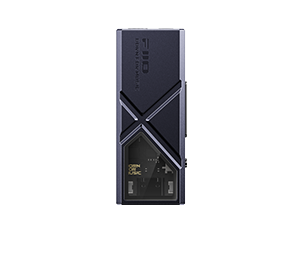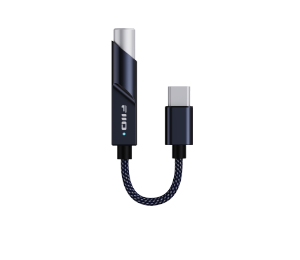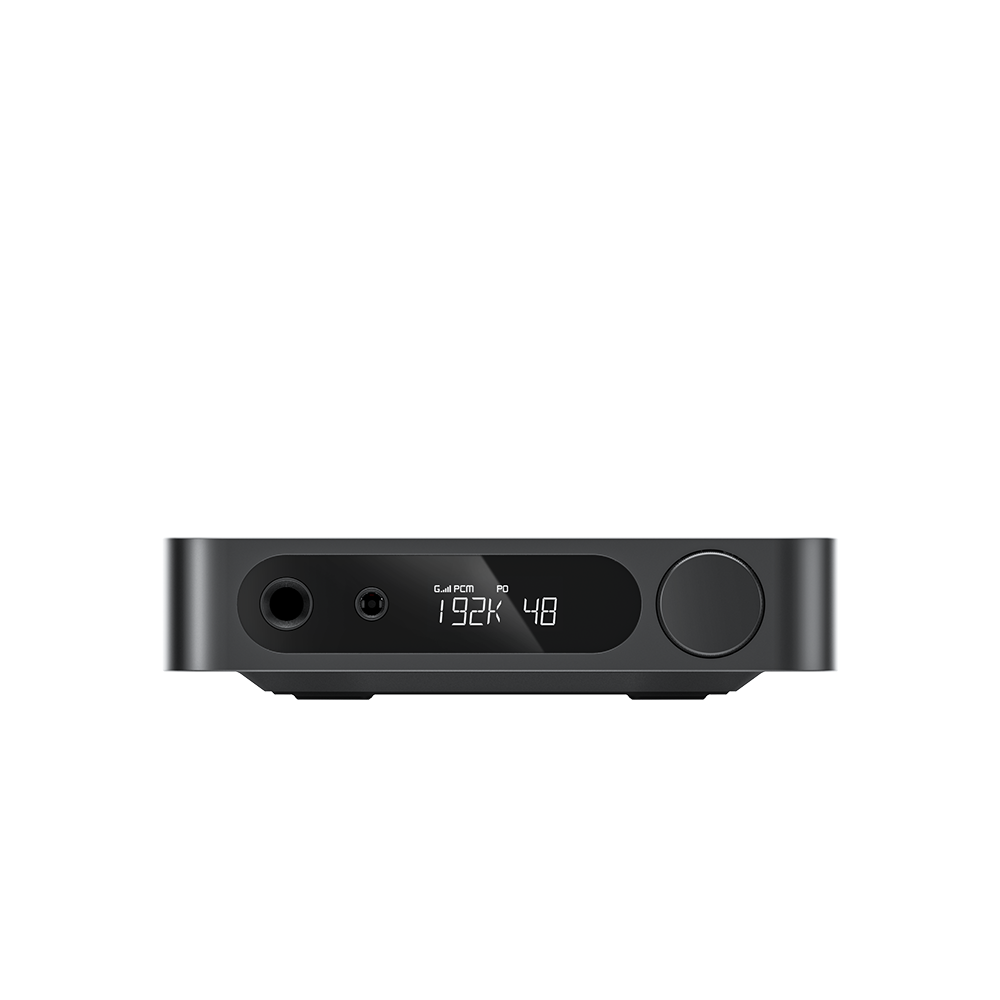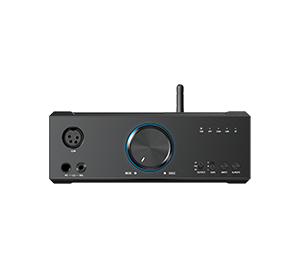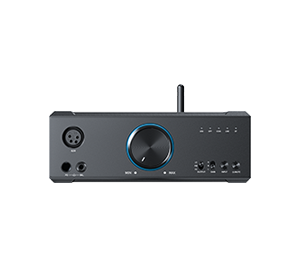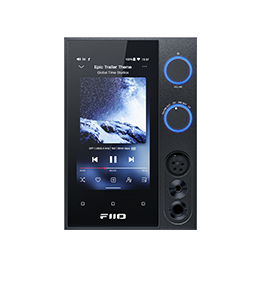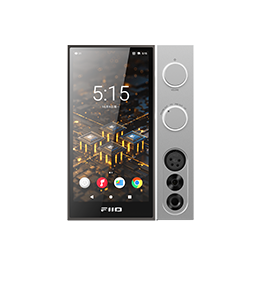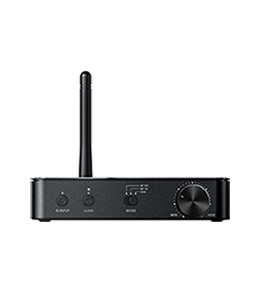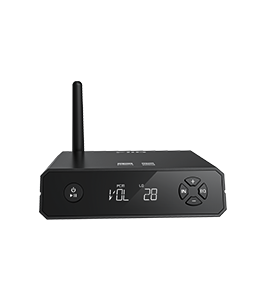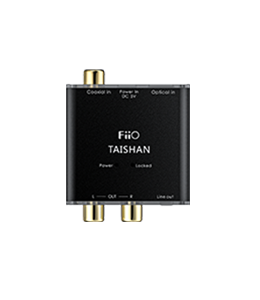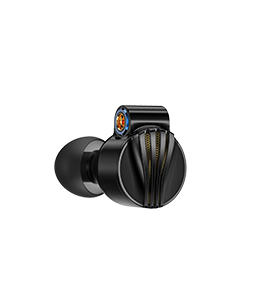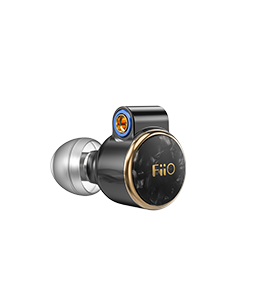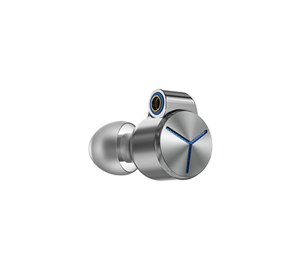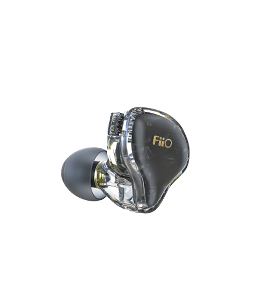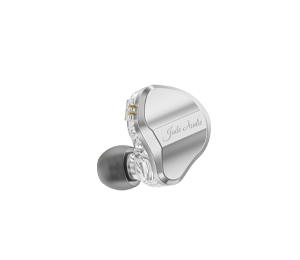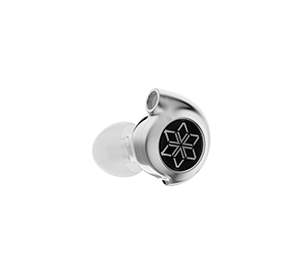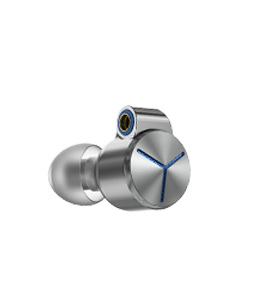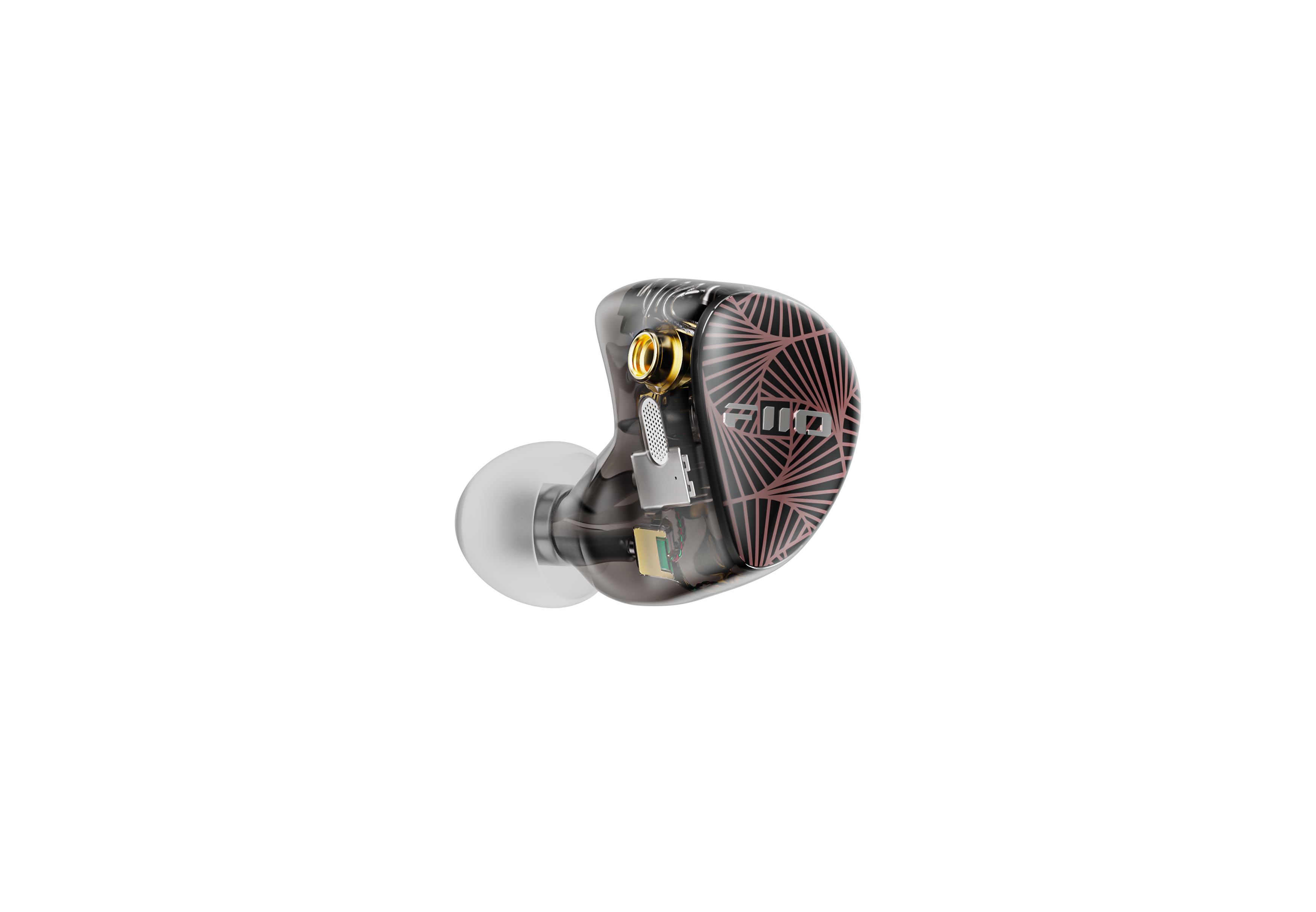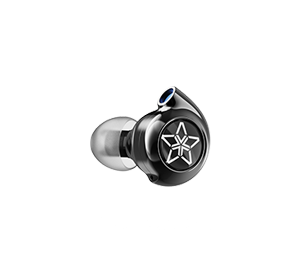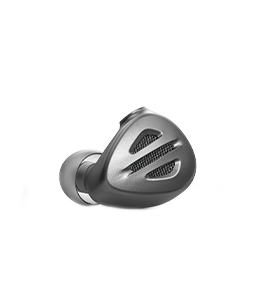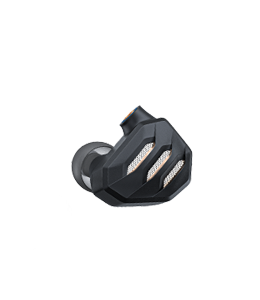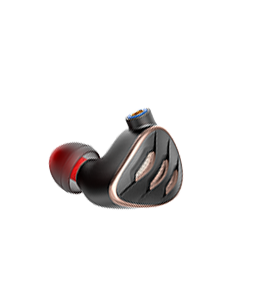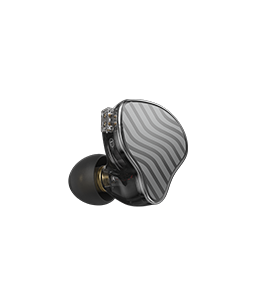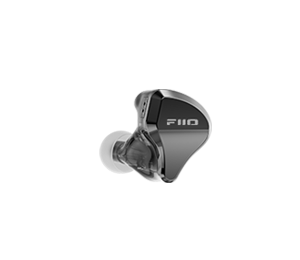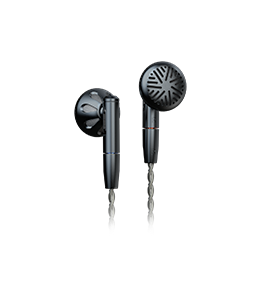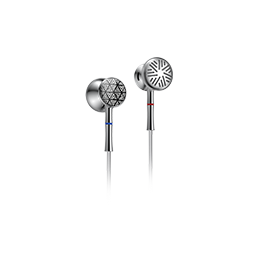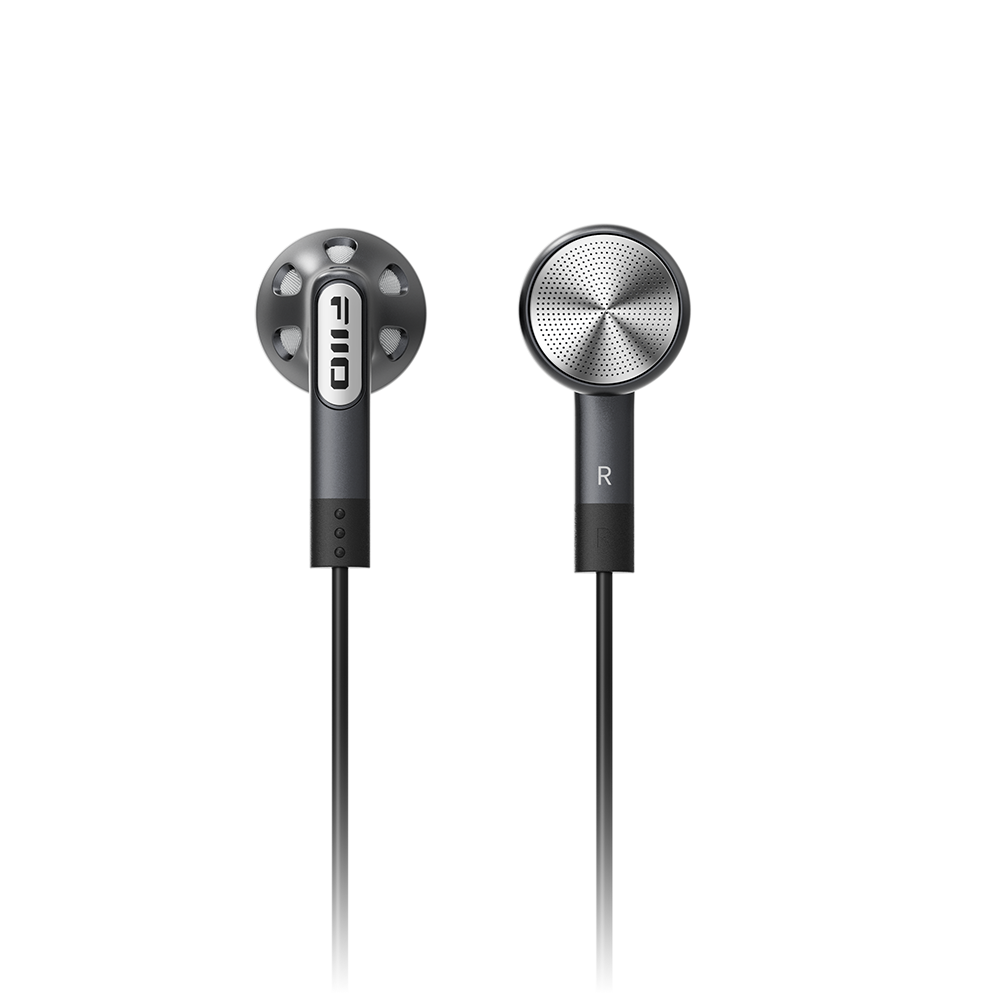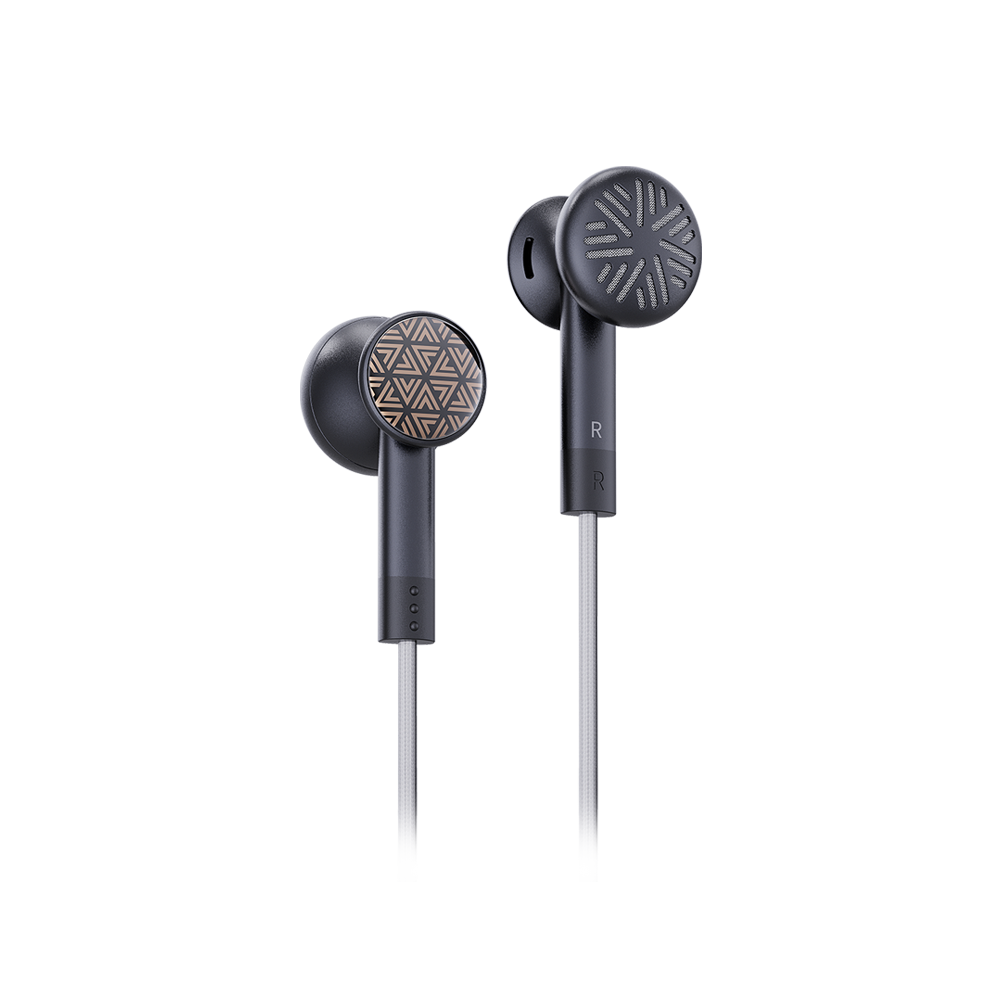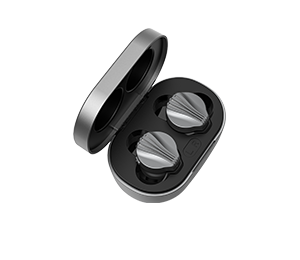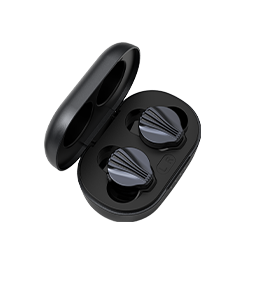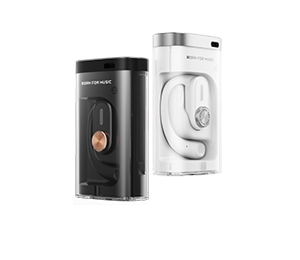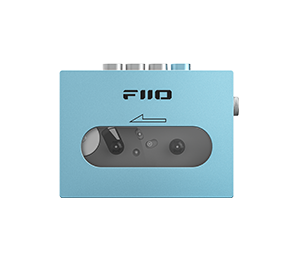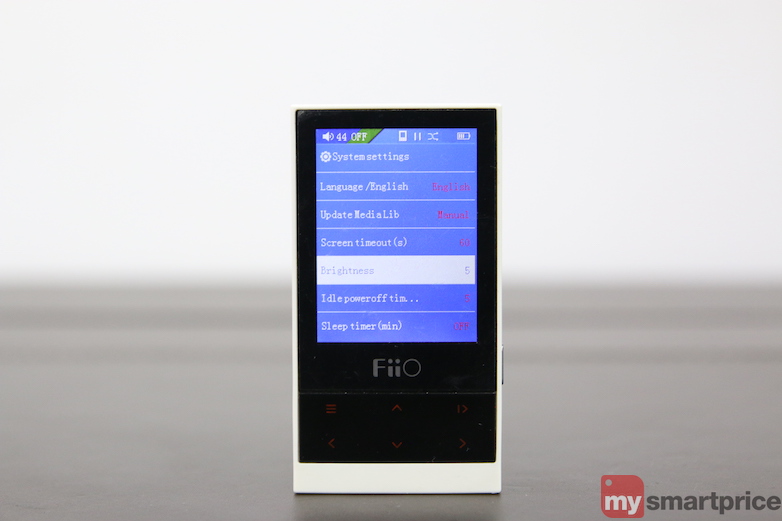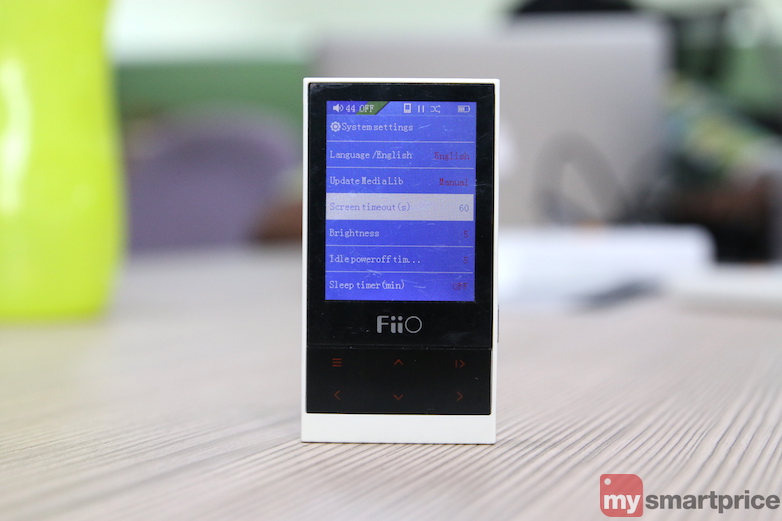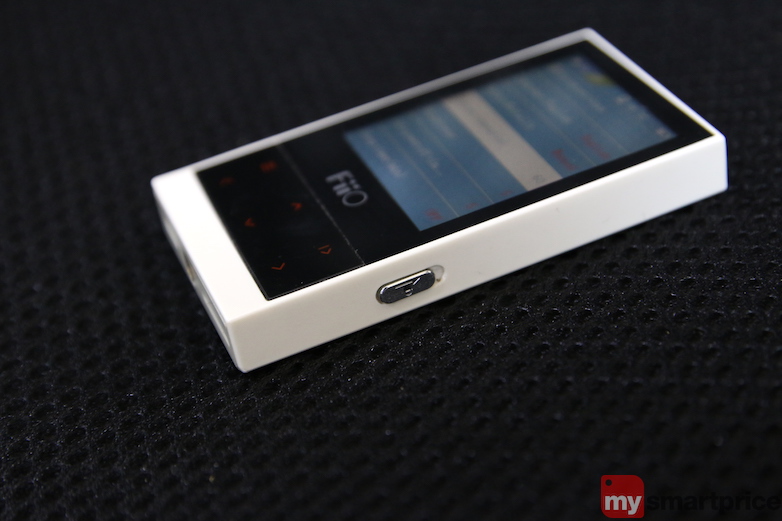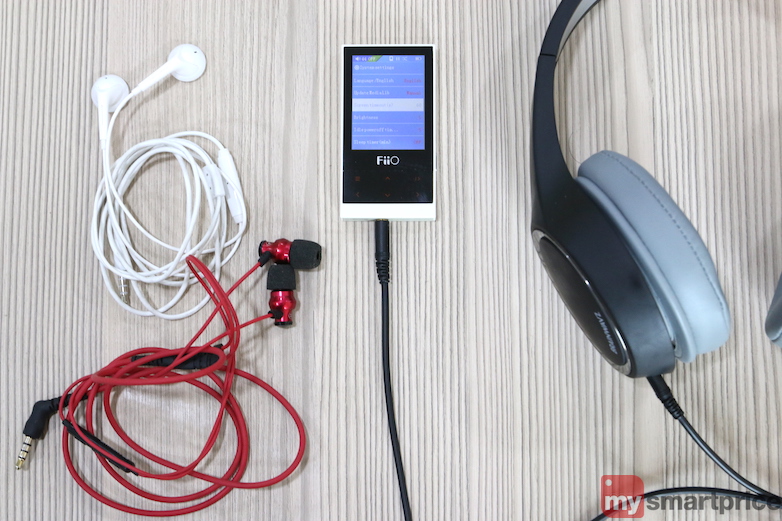FiiO M3 Review
Author:Prajith Sabbani
Review from:Mysmartprice
→→ Read the original article on xx: >> Click here
Introduction
If there’s one piece of technology that has managed to sustain itself despite numerous other newer devices coming along the way, is the DAP. And FiiO, the manufacturer of portable music player certainly has been making a fortune out of this.
Quite recently, we reviewed FiiO’s X5 2nd Generation, which left us impressed, offering a completely new experience of listening to music. With such expectations set from FiiO, we set out to review the FiiO M3, the latest addition to the portable music lineup. The M3 comes in four different colours - ivory white, blue, black, cyan and is available from online stores. At a price tag of Rs. 4,999, the M3 is by far the most affordable music player FiiO has ever produced, surpassing the company’s own X1.
With successful products like the X5, X3 and X1 under its belt, the company seems to be already riding high and now, with the M3, it looks like the company is only trying to extend its prowess to the low-budget section. Let’s find out in our review if the company’s attempt manages to fetch it the expected results.
 Design and specs
Design and specs
7.5
The first thing you notice about the M3 straight out-of-the-box is that it is extremely lightweight. Unlike FiiO’s X series of audio players, the M3 comes in a plastic, unibody design. The fact that the company has ditched the typical aluminium body for a plastic one in the M3 can be alluded to the device’s light weight. FiiO claims that the M3 has a unibody injection-moulded construction, which suggests that the device is strong and durable. However, keeping these claims aside, and by simply holding the M3 in hand, you get the feel of a sturdy and durable device.
The FiiO M3 comes in a rectangular design which measures 74x39x9.1mm. Typically, it looks similar to the size of a matchbox, but only slightly bigger, if one has to be precise. A 2-inch TFT LCD screen with a resolution of 240x320p dominates most of the front. The display is fairly decent indoors, but under direct sunlight one struggles to read text on the display.
An array of six backlit buttons, which is divided into two rows, rests just below the screen. These buttons include Menu/Back, Up/Volume+, Play/Pause/OK/Forward, Previous, Down/Volume- and Next. The first three buttons mentioned above are situated in the first row, whereas the other three are present in the second row. The tactile feedback offered by these buttons is average at best. All the buttons, except for the Previous and Next buttons have multiple functionalities that vary based on the screen you are currently in. For example, by short pressing the Menu button (in the now playing screen) a Categories menu shows up whereas on long pressing the same button, the Quick menu can be accessed.
A Power/Lock screen button rests on the left edge, with a lanyard loop just below it. On the right side, you have what the company calls a Hold slider. It is essentially a locking mechanism which prevents any accidental clicks when pushed upwards. Do note that all the six buttons do not function when the slider is pushed upwards. Only on sliding it downwards, does it get back to the normal mode wherein all the buttons function as they are supposed to. The bottom edge holds the Micro-USB slot, a metal reinforced 3.5mm audio port and a microSD slot which can hold memory cards up to 64GB.
Similar to FiiO’s other DAPs (Digital Audio Players), the firmware on the M3 is very primitive and needs polishing. It’s not completely unusable, though. Having said that, it is good to see the company rolling out firmware updates. It shows that the company has been making efforts on improving performance and fixing bugs. The latest firmware (FW1.7), as promised, adds a new theme to the M3. The UI on the M3 is rudimentary and has nothing much to offer except for allowing you to browse through different folders. Moreover, there is no inbuilt option for refined search, and one has to manually go through all the tracks until one finds a specific track of his/her liking.
On the hardware front, the M3 comes with 8GB of internal storage which can be further expanded up to 64GB. FiiO uses a Cirrus Logic CS42L51 digital-to-analog converter (DAC). For those of you not in the know how, Cirrus Logic is a semiconductor supplier specialised in producing audio processors and audio converters. According to what the company claims, this DAC delivers excellent audio performance. It not only reduces power consumption but also helps in minimising the device form factor.
The DAP can power headphones and IEMs with an impedance output ranging from 16 to 100ohms. It draws power from a 550mAh battery. According to the company, the M3 can last for more than 24 hours on a single charge. It supports both lossless and lossy file formats such as .flacs, .ape, .wav, .mp3, .wma, .ogg, and .m4a.
Overall, in terms of built, the device feels sturdy. Its compact form factor makes the device highly portable. But, the unergonomic design is what left us asking for more. For example, we felt that having dedicated volume buttons would have made more sense rather than the multi-functional buttons present on the device as these require that you stay in the ‘now playing’ screen to change volume levels.
 Performance
Performance
8
Let’s just get this straight out of the way, the FiiO M3 is only an entry-level DAP, so, don’t expect to be completely blown away by its sound quality. That being said, the M3, for what it’s worth, has a fairly good sound signature and undoubtedly offers a much better experience than what most of the smartphones offer.
As mentioned earlier, the M3 supports multiple file formats. We played different tracks (of different file formats) using multiple headphones and IEMs. The M3, by default, has a neutral sound signature, but your experience will vary depending upon the headphones or IEMs you use.
Alongside the FiiO M3, we used a MacBook Air and iPhone 5s (with both of them using Vox player to play .flacs) in order to differentiate the sound quality. We heard ‘Hotel California’ by the Eagles on the Brainwavz HM2 on our M3 and on MacBook Air. The M3 created a sort of liveliness throughout the song. Henley’s vocals in the song not only sounded detailed, but also sounded smooth and had a certain crispness to it.
We tried David Bowie’s ‘Space Oddity’ on the Brainwavz HM2. The song is famous for it’s binaural recording. When the harmony and melody move all around left and right, a sense of separation was pretty evident, especially on the HM2, which otherwise had a restricted spatial separation.
We used Brainwavz Delta to check how the DAP handles bass. In Daft Punks’s ‘Doin’ It Right’, we felt the bass to be subdued, but it was tight, though. We further listened to ‘Get Lucky’ by Daft Punk. The bass to mid-range transition was good, but again, the bass lacked depth. Also, the highs didn't extend much. That said, they were not too blunt either.
As mentioned earlier, the M3 packs a low capacity 550mAh battery that takes around two and half hours to reach full charge from zero percent. FiiO claims that the audio player offers 24 hours of music playback on a single charge. Though it didn’t last us for 24 hours, the M3 managed to last for around 20 hours which is fairly decent. The M3 offers support for inline remote, allowing one to directly change tracks from the headphones/IEMs itself. It worked properly with almost all products, but strangely the M3 did not respond to the HM2’s remote.
 Conclusion
Conclusion
It would be completely unfair to compare the M3 with much more expensive DAPs out there, but to give you a fair idea, the M3 sits right between the audiophile range DAPs and smartphones. The M3 is highly portable, supports lossless music, is easy to use, has a fairly decent battery life and is available at an affordable price.
Eventually, it all comes down to one question, should you buy the FiiO M3 or not? If you don't want to unload a lump sum of money from your bank account and still want a good sounding DAP, then the M3 would make a good bargain. But if you don’t mind spending Rs. 3000 extra, then the company’s own X1 is also a good alternative.



